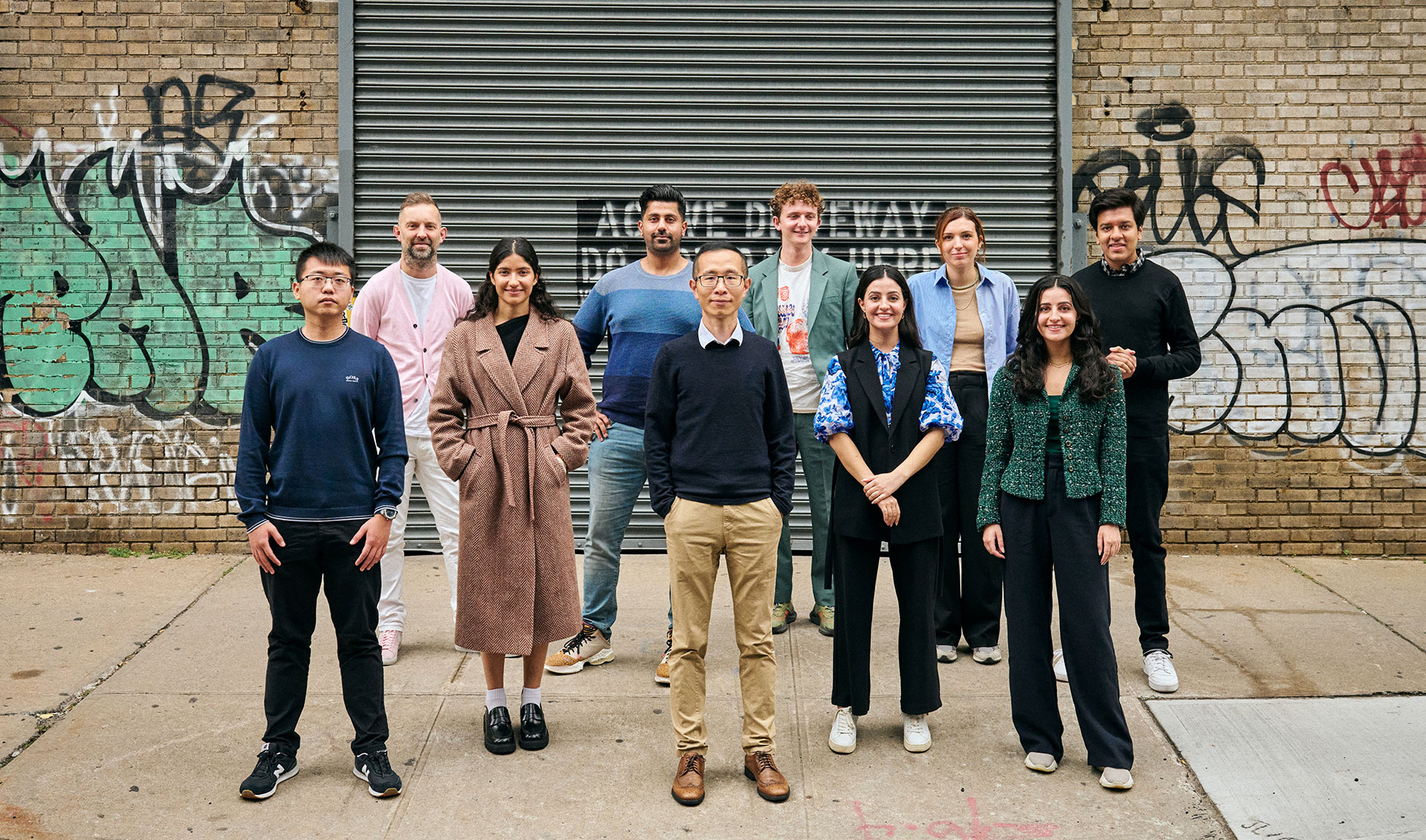In temporal ordered clustering , given a single snapshot of a dynamic network in which nodes arrive at distinct time instants, we aim at partitioning its nodes into K ordered clusters C_1≺⋯≺C_K such that for i<j , nodes in cluster C_i arrived before nodes in cluster C_j , with K being a data-driven parameter and not known upfront. Such a problem is of considerable significance in many applications ranging from tracking the expansion of fake news to mapping the spread of information. We first formulate our problem for a general dynamic graph, and propose an integer programming framework that finds the optimal clustering, represented as a strict partial order set, achieving the best precision (i.e., fraction of successfully ordered node pairs) for a fixed density (i.e., fraction of comparable node pairs). We then develop a sequential importance procedure and design unsupervised and semi-supervised algorithms to find temporal ordered clusters that efficiently approximate the optimal solution. To illustrate the techniques, we apply our methods to the vertex copying (duplication-divergence) model which exhibits some edge-case challenges in inferring the clusters as compared to other network models. Finally, we validate the performance of the proposed algorithms on synthetic and real-world networks.








